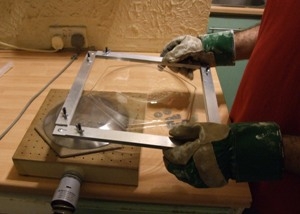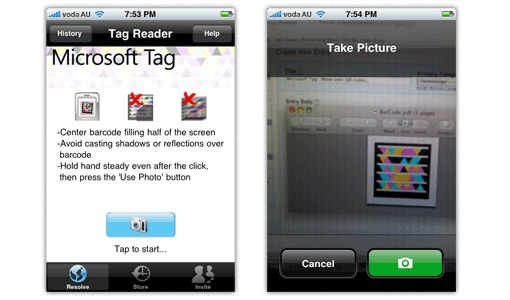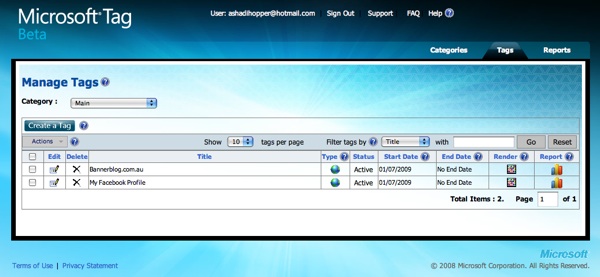Twitter is great don't get me wrong but it's not perfect. With all the post's praising it as the next coming I thought I'd point out a few areas in which it actually is shit. Well maybe shit is a harsh term but the following are areas where it's not that well suited. I feel these are valid but feel free to correct me where my logic is broken.
1: Having a real conversation:
On Twitter you reply to the @name system and if you're not using the Twitter website or a more advanced twitter app you miss even the post they were referring to.
Also 140 characters is great for status updates but not conversations. You become shorter in replies and it's worse than email for feeling "distant and rude". People are only now working out how to send emails without sounding like demands. 140 characters means you must remove these niceties and often subtle uses of language.
Note: I said "real" conversation. If most of your conversations in real life are "I like this book" and then you get "yeah me too" then Twitter is good for you you rude bastard :)
2: Crowd Sourcing:
Crowd Sourcing or Friend Sourcing same thing.
Let's say you want to find out what the best type of laptop bag or what's the best taco place in New Orleans. (both examples I have seen asked on Twitter) this seems like a legitimate use of Twitter, however I feel this is not the case.
Main problem: No one can see or respond to other people's responses.
So you end up with heaps of the same replies (not that bad) but you also don't let people comment on other replies. Someone might say "X is awesome" another person on a blog might see this and say "X is totally shit, I used it for a week and it gave me a rash"
On Twitter you miss this analysis. If you are driving around New Orleans then you need a quick answer but if you're researching a laptop bag you don't mind waiting a few days or a week to make an informed choice. Twitter only offers you a very short time line to get an opinion. No one (sorry for the hyperbole) checks Tweets from a week ago and if you're a constant twitterer they probably cant. So you only crowd source the small percentage of your followers checking at that time.
The best addition to blogging comments in the last year has been "threaded comments." Disqus, Intense Debate, JS-kit all offer this with their comment systems and it rocks. It makes blog comments that much more like a real conversation. You can reply to a direct comment and read that comment thread instead of the usual "hey 12.34 you suck" which ends up happening on many blogs with the standard comments implemented.
Also with a blog you could jump in and say "oh I don't mind paying $500 for the bag if its good" which might help people with their comments. Twitter's 140 characters limit the amount of info you could have first tweeted.
The best way to handle this is to just Tweet to a blog post with threaded comments. Problem solved.
3: Getting to know the real person:
I thought Twitter would let me see a side of friends and people I admire that would not come across on their site.
I actually believed the Twitter in 2 minutes video that everyone would post like the video suggested. How gullible.
The majority (maybe it's who I follow?) just tweet links to their blogs like it's a news bulletin and link to articles. Very little insight, very little "so what are you doing" just link pimping.
That's normal I guess but if someone like James Cameron was on Twitter I'd want to know what he thought of the catering on the set of Avatar or what he thought of the latest episode of Lost. Not just the latest poster for the film. Which would you find more interesting?
Shaq seems to have done it right.
Note: If you run a big news based blog lets take Destructiod as an example I'd love to know what's happening at the office. Who just go drunk and pissed on a console at the xmas party. What games the editors are playing, who lost at foosball. I know it's weird but it'll be more insightful than just links to each posted article.
I guess #3 isn't the tool itself like the other points are it's the mindset of the user.
Well that's all I got. I love Twitter and I check it religiously when I get home from work (too much distraction during work hours) and I'm inspired by the number of inventive uses for it by individuals and companies. I just think it's not perfect like it has ben made out to be.
I look forward to what other people think.
Oh and you can follow me (Ashley) on Twitter @100ftzombie
| 






